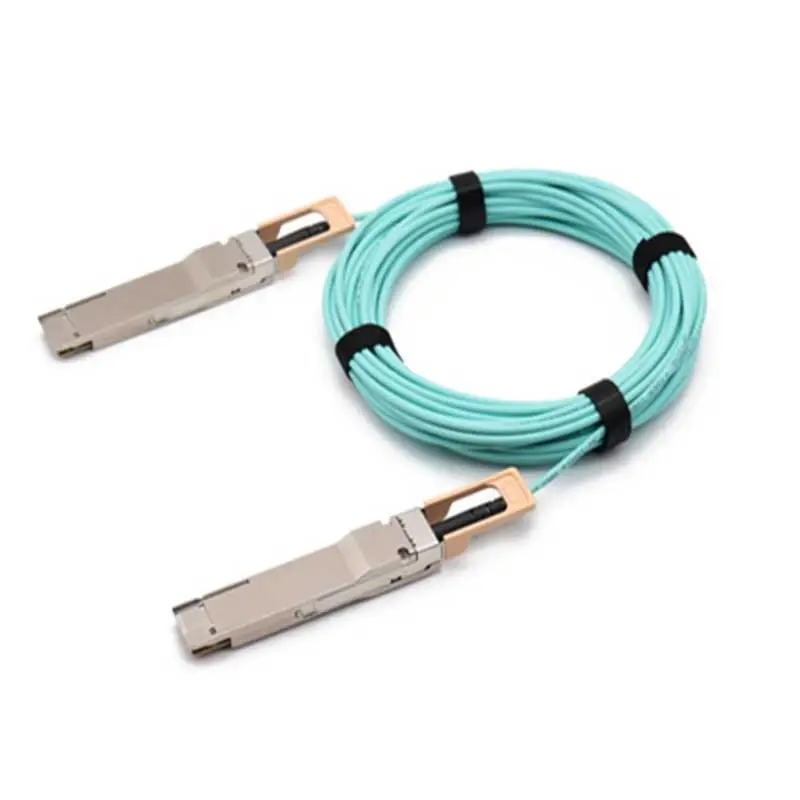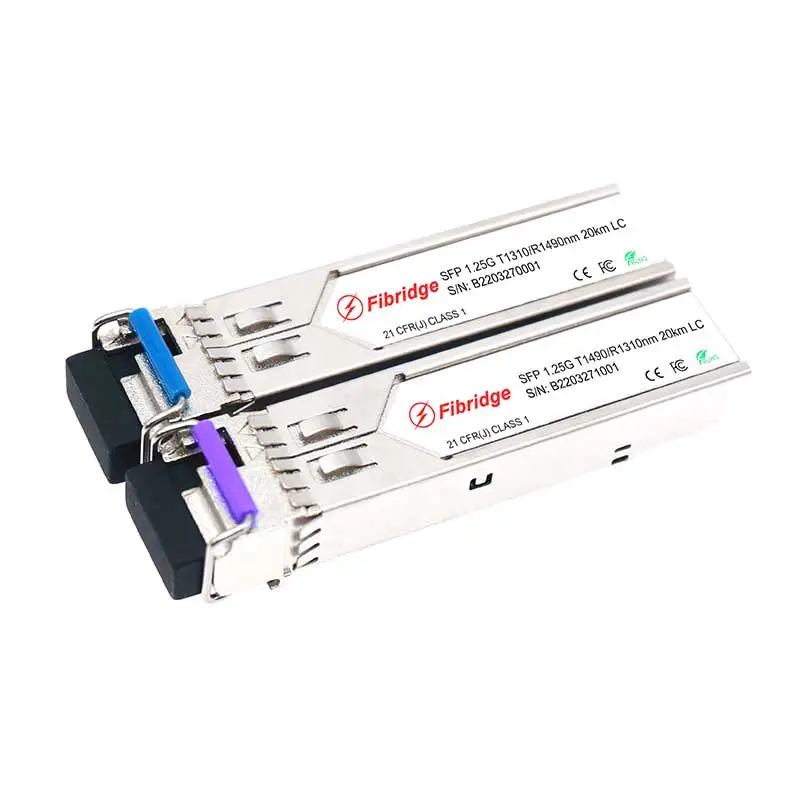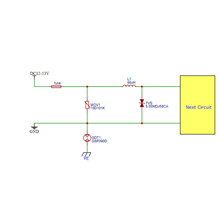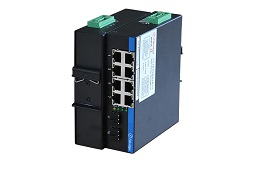1G dual fibers refer to fiber optic cables designed to support 1 Gigabit per second (Gbps) data transmission rates, utilizing two separate fibers—one for transmitting data and the other for receiving. This setup ensures full-duplex communication, allowing simultaneous bidirectional data flow, which is essential for high-speed, reliable network connections. Typically used in Ethernet networks, these fibers are crucial for applications requiring robust data transfer, such as data centers, enterprise networks, and telecommunications. The dual-fiber configuration minimizes interference and maximizes bandwidth, making it a preferred choice for modern high-speed networking needs.

Maintaining a 1G dual fiber network involves several key tasks. Regularly inspect and clean fiber connectors to prevent signal loss. Monitor network performance using diagnostic tools to identify and address issues promptly. Ensure firmware and software for network devices are up-to-date to enhance security and performance. Check and replace any damaged or aging cables. Verify redundancy and failover mechanisms are functioning correctly. Conduct periodic security audits to protect against vulnerabilities. Document all maintenance activities and network changes for future reference. Lastly, train staff on best practices and emerging technologies to keep the network running efficiently.
1G dual fiber, commonly used in Gigabit Ethernet (GbE) networks, typically supports varying distances depending on the type of fiber and transceiver used. For single-mode fiber (SMF), distances can reach up to 10 kilometers (6.2 miles) with standard 1000BASE-LX transceivers. Enhanced versions, like 1000BASE-ZX, can extend this range to 70-100 kilometers (43.5-62 miles). For multimode fiber (MMF), 1000BASE-SX transceivers generally support distances up to 550 meters (1,804 feet) with OM2 fiber, and up to 220 meters (722 feet) with OM1 fiber. These distances ensure flexibility for various network topologies and applications.

Beijing Fibridge Co., Ltd.



